Staten Island, New York
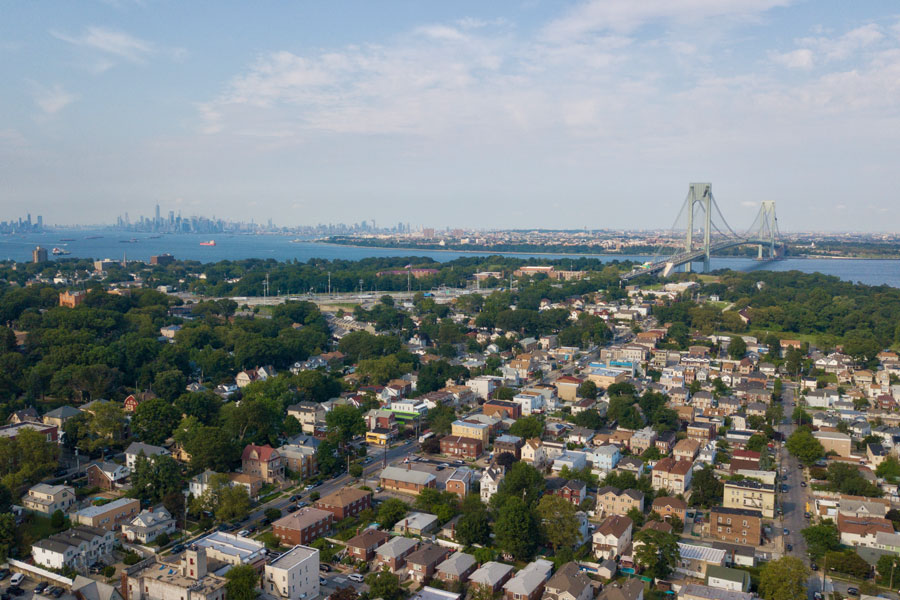
Staten Island, often referred to as New York City’s “forgotten borough,” offers a very different kind of city experience – one rooted in nature, heritage, and local charm. While it’s part of the five boroughs of NYC, Staten Island feels more like a suburban enclave, offering a slower pace of life, lower population density, and abundant green space. It’s a place where you can hike in a forest preserve, relax on a beach, and visit a colonial village – all without ever leaving city limits.
Located to the southwest of Brooklyn and accessible by the Staten Island Ferry, the borough is geographically the most isolated of the five but still deeply connected to New York City life. With a population of roughly 500,000 residents, Staten Island offers a more residential feel, attracting those looking for space, affordability, and a touch of tranquility without straying too far from the city’s energy.
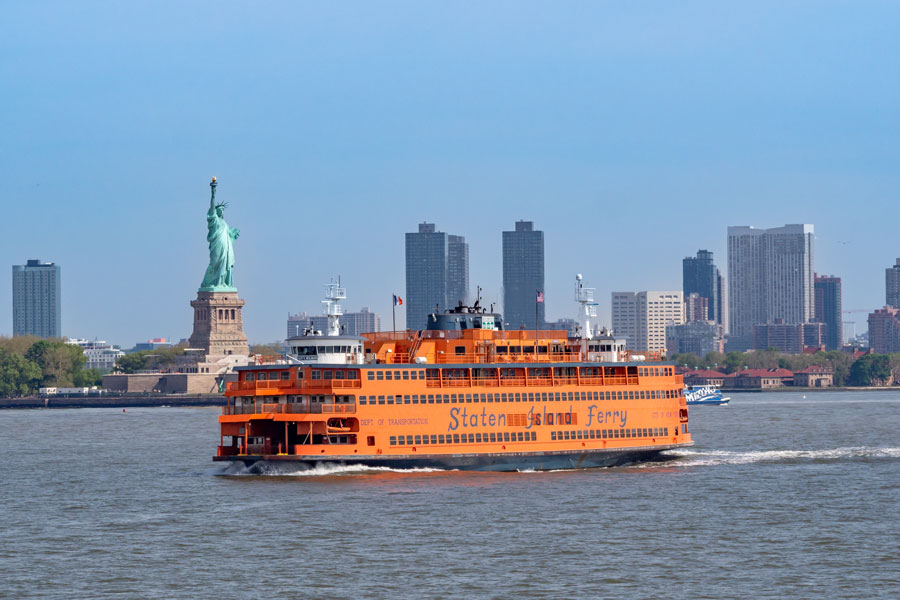
Staten Island may not be the first stop for many tourists, but those who make the journey are rewarded with hidden gems, from wildlife sanctuaries to cultural museums and panoramic harbor views.
| Attraction | Description |
|---|---|
| Staten Island Ferry | A free commuter ferry offering one of the best views of the Statue of Liberty and the Manhattan skyline. |
| Staten Island Greenbelt | A vast network of trails and nature preserves offering hiking, biking, and wildlife watching. |
| Snug Harbor Cultural Center & Botanical Garden | A sprawling 83-acre campus featuring museums, gardens, and art installations. |
| Historic Richmond Town | A living history village with preserved buildings from the 1600s through the 1800s. |
| Staten Island Zoo | A family-friendly attraction known for its reptile collection and conservation efforts. |
| South Beach Boardwalk | A waterfront promenade with views of the Verrazzano-Narrows Bridge and access to beaches. |
| Fort Wadsworth | One of the oldest military installations in the U.S., with commanding views of New York Harbor. |
| National Lighthouse Museum | Located near the ferry terminal, this museum showcases the maritime history of American lighthouses. |
| Empire Outlets | New York City’s only outlet mall, offering brand-name shopping just steps from the ferry terminal. |
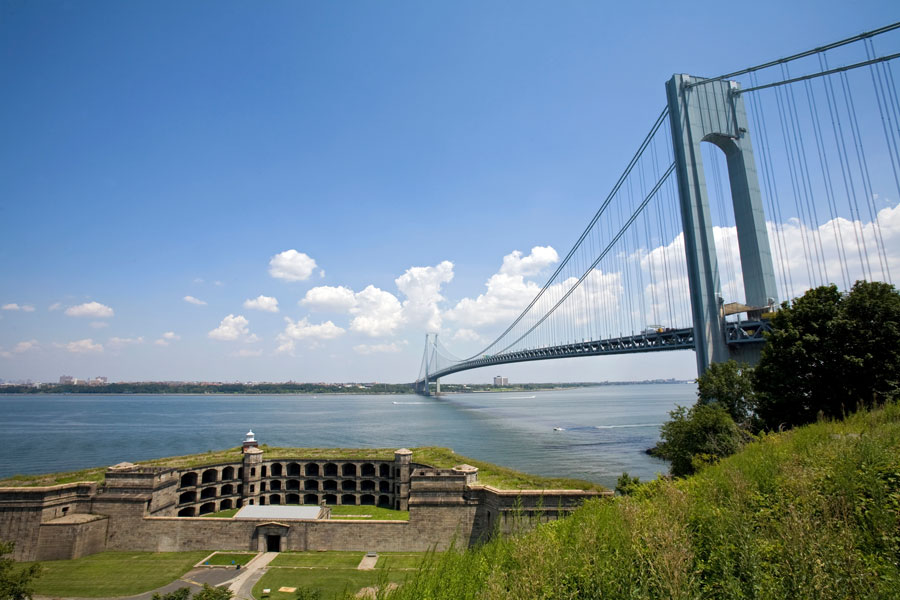
What Staten Island Is Known For
Staten Island is best known for its natural beauty and open spaces. It’s often called the “borough of parks,” with over 12,000 acres of protected land, more than any other borough. It also serves as a key connection between New Jersey and New York City via the Staten Island Expressway and the Verrazzano-Narrows Bridge. Locals take pride in the borough’s small-town feel, distinct neighborhoods, and access to nature, all while being a part of one of the world’s largest cities.
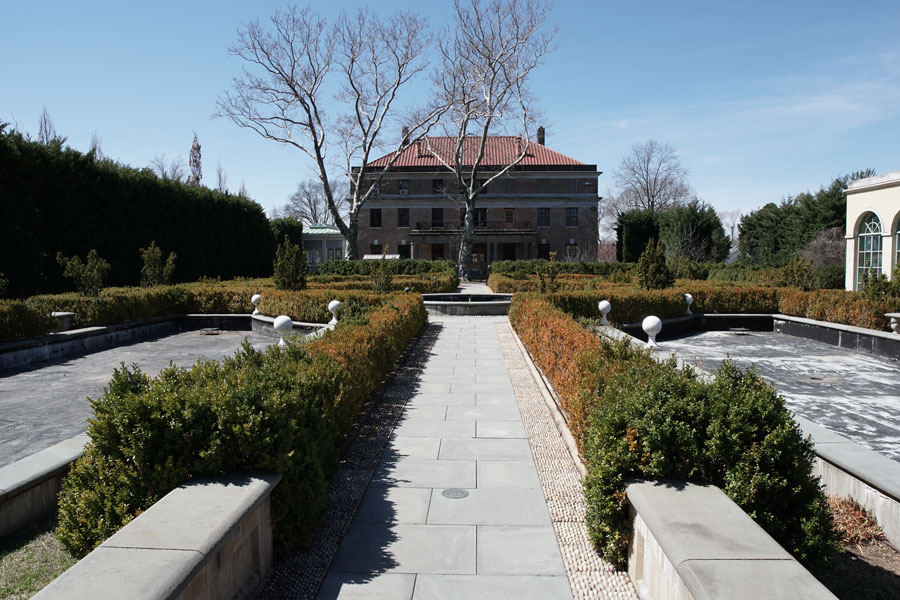
A Few Fun Facts About Staten Island
- Staten Island has the highest rate of homeownership in New York City.
- The Staten Island Ferry has been running since 1817 and serves over 20 million passengers annually.
- Verrazzano-Narrows Bridge was the longest suspension bridge in the world when it opened in 1964.
- Staten Island is home to one of the city’s few remaining wetlands at Blue Heron Park.
- The Staten Island Advance is one of the few borough-specific daily newspapers still in print.

Staten Island Summary Snapshot
- Part of: New York City (one of five boroughs)
- Population: ~500,000
- Region: Southwesternmost borough, across the harbor from Lower Manhattan
- Known For: Staten Island Ferry, Greenbelt trails, historic villages
- Parks & Nature: Staten Island Greenbelt, Fort Wadsworth, South Beach
- Cultural Gems: Snug Harbor, Historic Richmond Town, Lighthouse Museum
- Must-See: Ferry ride, Staten Island Zoo, Empire Outlets
- Ideal For: Families, nature lovers, history buffs, NYC day-trippers
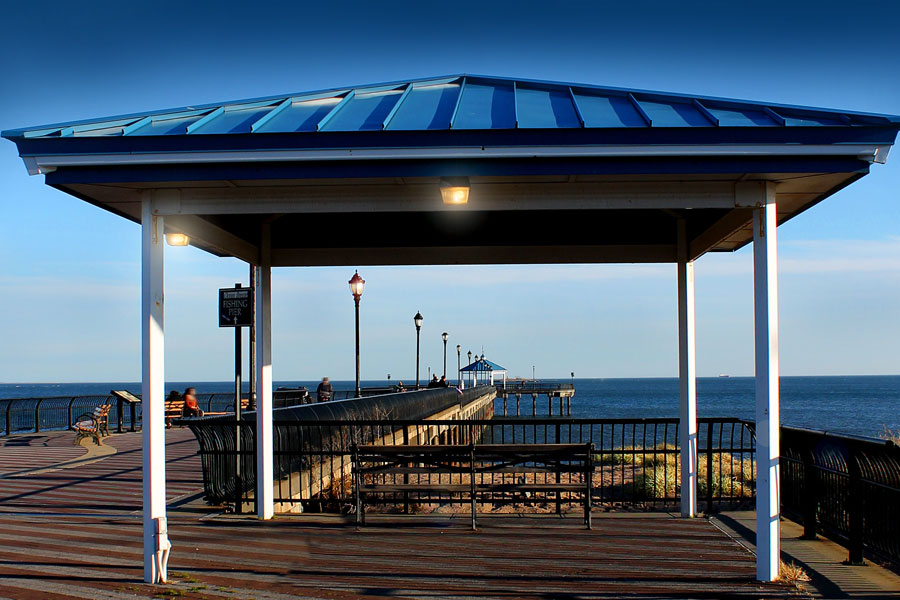
Staten Island’s North Shore and South Shore
Locals often describe Staten Island by dividing it into two main regions: the North Shore and the South Shore.
- North Shore: This area includes neighborhoods like St. George, Tompkinsville, and West Brighton. It’s closer to Manhattan and is known for its historic architecture, cultural attractions, and access to the Staten Island Ferry. The North Shore has a more urban feel compared to the rest of the island.
- South Shore: Covering communities such as Tottenville, Great Kills, and Eltingville, the South Shore is more suburban and residential. It’s characterized by larger homes, beaches, and a slower pace of life compared to the North Shore.
This distinction is part of everyday conversation among Staten Islanders and helps highlight the borough’s diverse character – from its bustling ferry terminal in the north to its quiet coastal communities in the south.
So these two maps show the divisions (I.e. North Shore) within SI, but it’s slightly different. I was wondering which would be more accurate and what are the characteristics of each division?
by instatenisland
How Staten Island Connects to Long Island
While geographically separate, Staten Island and Long Island share a unique relationship as parts of the greater New York City area. Many Staten Island residents travel east to Long Island for beaches, shopping, or weekend getaways, while Long Islanders often pass through Staten Island en route to New Jersey or the southern states. Culturally, the two regions are connected through family ties, business, and shared city services – reminding visitors that even in a city as large as New York, every borough and island has a role in shaping the regional identity.

